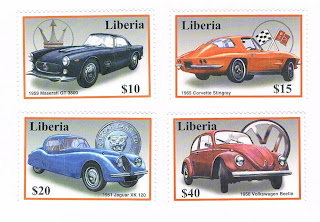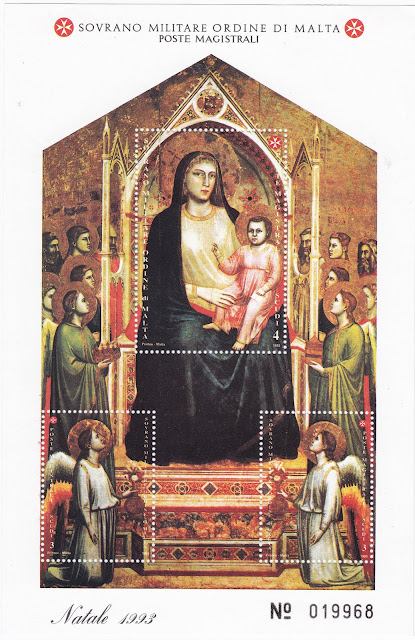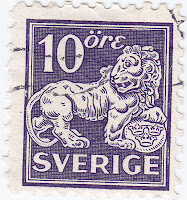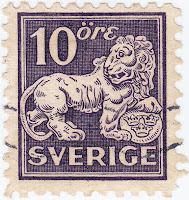This is a mayor update of an earlier post, which I removed now,
it contains all German states, Local Issues (no private issues, as mentionned in Michel-Spezial)
Every collector has a 'system' he or she uses.
And collecting should not be difficult.
One puts all stamps in a certain order. Whether it's chronologically or by theme.
I don't know anyone who sort his collection alphabetically or by colour. (However, that's a possibility too).
Catalogues are a very useful tool to help organising your collection.
Unfortunatly, a stamp will probably be number 1 in most catalogues, when one comes to number '100', all catalogues suddenly show another item as the 100th stamp.
Some catalogues include airmailstamps to the 'regular' numbering, others include 'semi-postals', ... other catalogues don't.
It's of course a huge work to give listings with all catalogue numbers and the stamps they are referring to.
Good collectors' software should give the possibility to add a couple of numbers in addition to the numbering system that is used in your country.
Before starting to sort out a certain country, i always try to get a couple of catalogues and, if available also the locally used one. Since this is mostly the best reference for starting with.
Unfortunatly, I'm not only collecting 'one' country, or 'one' theme, so I need a more higher level of catalogue to start with. And since there was no available, I had to make one myself.
I started with a list of 'countries'.
Then I found out, that there are stamps, but without related 'existing' country.
Such as the former German States. They belong somehow to Germany, but ain't Germany...
So I came up with a list of hundreds and hundreds countries, territories, places, where stamps are or were issued. Some recognised by others, some not.
Because this list is SOOOOO long, I splitted it, in order to share it.
The names are in Dutch, since that's my mothertongue, but it shouldn't be too hard to find out what country is ment.
Maybe there will be discussion about a number of countries that I put under 'asia' and can/could be considered as european countries, but in general, I believe to have made a correct listing. (Got help from Wikipedia and other Internet recources).
EUROPE :
It didn't fit into one print screen, so you have 6.
In column 1 the general numbering : (0)1 is for Europe; I had to start somewhere, and since I live here, it was the most logic choice.
second set of numbers 01 to 64 are the different states
last set of numbers are the regions, sub regions, and so on. They start with 01 when needed and can go on until needed.
This results in a country code for each region/country... I could find.
The list gives opportunities to add regions if necessary.
for example :
(0)10101 = Belgium
(0)10501 = German state of Baden
(0)10502 = German state of Bavaria
(0)11501 = Spain ....
The colour also refers to my albums : all european stamps are therefor in BLUE albums



















































